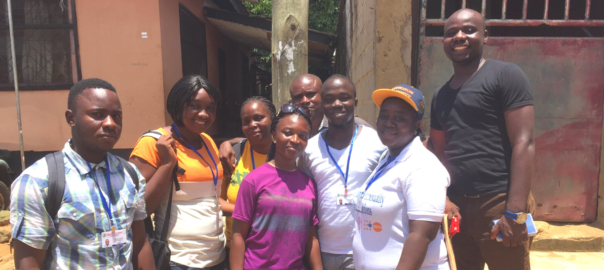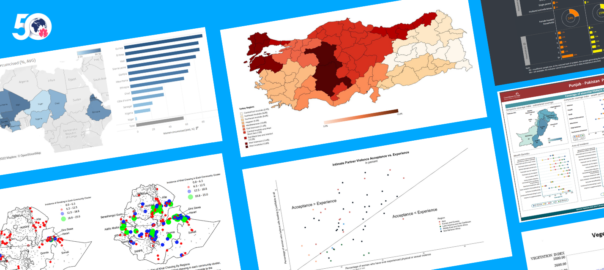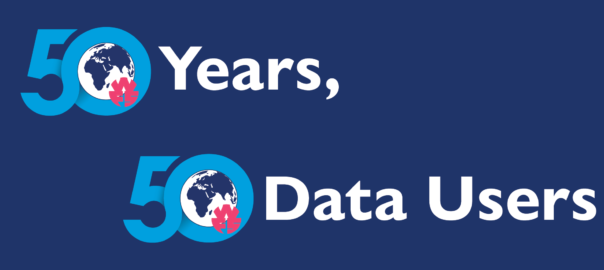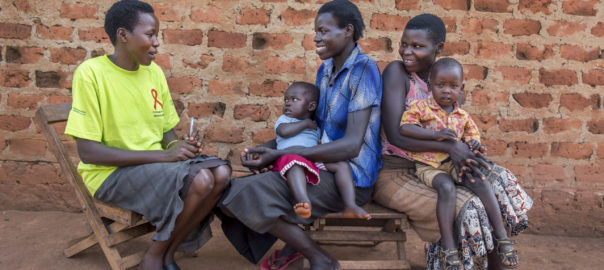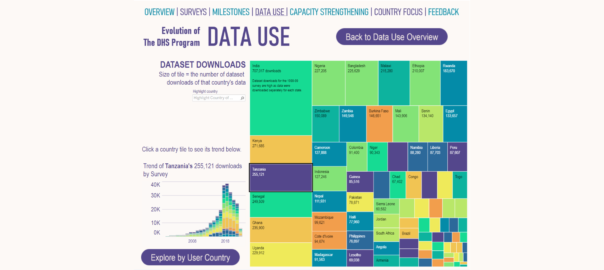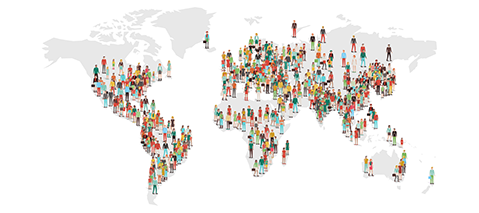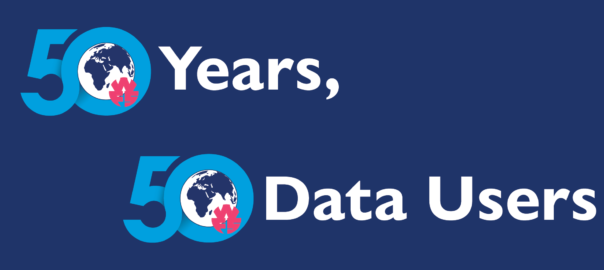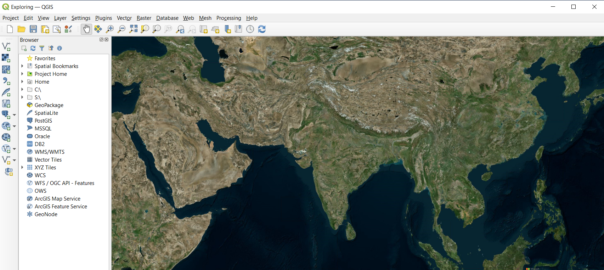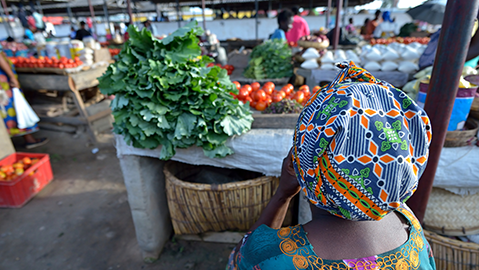Going to Great Lengths to Ensure High-Quality Data Collection in Liberia
On World Population Day (July 11th), USAID published a blog post to celebrate 50 years of high-quality data, first through the World Fertility Survey, then The DHS Program. 50 Years of Data for All recognizes The DHS Program’s local partners in Colombia, Liberia, and Nepal, whose hard work makes survey Final Reports and datasets free […]


